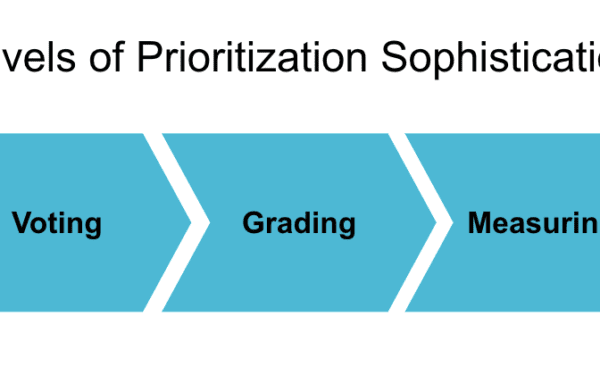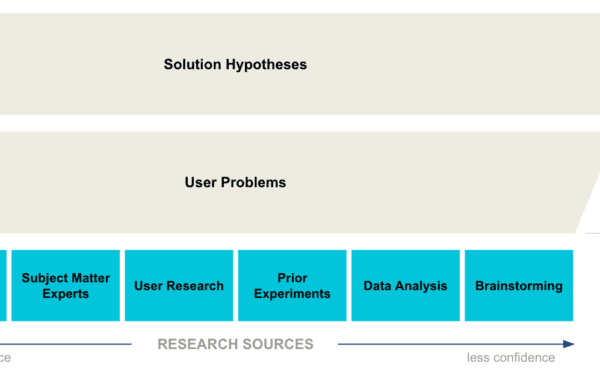We all have a bias when we think up solutions and here is why: Efficiency over accuracy.
When a piece of information is presented to your brain, you better believe it is trying to make sense of it in the quickest and easiest way possible. Most likely dating back to a primitive caveman survival instinct that some great psychologists have published numerous articles on, but that I am too lazy to research right now. See? Efficiency over accuracy.
Lazy comparisons.
How do we do this you ask? Well, we simply compare everything against principles and experiences we have learned in the past as the fastest path to understanding it. We are all lazy, and it is much easier to compare than it is to think from a blank slate.
The brain receives a new problem it must solve, brain says “what have I seen before that relates to this?”, brain applies principles learned from those experiences to decide the next action. But were those principles universally true? True when applied to the current situation? Did you make any assumptions in the process? It’s tough to know if you don’t have a process for knowing.
Adding to this, we always seek, whether consciously or not, to confirm those principles and experiences that we have had. Because what if, god forbid, we found that we were wrong about those experiences or beliefs we have based actions throughout our life on, how would we cope with that kind of reality? Sounds like a hassle if you ask me, I’d rather not.
Just look at me confirming my own beliefs in this very post, is this a self-fulfilling prophecy or what.
Test principles, not solutions.
Now that we know that everyone processes information in an inherently biased way (including ourselves), we can move on to the next phase, which is reverse-engineering what your brain ended up with, and by doing so, you can determine the principles and assumptions you made to get there.
Here is an example: You believe that a better onboarding email sequence will be effective in increasing app revisit rate, that is a solution. A principle behind that solution might be something like “people need education before engaging with the product”. Which do you think is easier to test? One requires a whole sequence to be built out which might not end up working if our execution misses the mark. One is a yes or no question with the freedom to test it in a variety of ways and save us a ton of time.
What if we hadn’t read this amazing article and instead of proving or disproving the principle we tested the solution, it failed, but we felt a different version of the solution would work and we tried that and it failed.. and again..well you get the point – sooner or later, we learn that the principle is in fact not true, and hopefully the org is reflective enough to learn that sooner than the later.. let’s hope.
That would be an example of the principle not being true, but it took us many more and longer cycles to determine that same thing. See, the key to speed is making your tests simple, and solutions are not as simple to test as principles.
Imagine yourself as a 5-year old.
Asking that constantly curious question of “why?”. Why? Why? Why?…
One of the best and quickest ways to determine the principles behind a solution or idea is to employ the “5 whys” method. The concept is that a “why?” question is a backtracking type of question, and by asking yourself that 5 consecutive times makes you walk through your logic and naturally brings the discussion to concepts and not specifics. “Why” brings the discussion upwards in terms of granularity.
Another way to think about it would be “what would have to be true about human nature, behavior, or the product to make my solution make sense?”. In the case of the onboarding email sequence example earlier, users would have to not be familiar or comfortable with your product for that type of sequence to make sense. See, the same result as before, but I would rather determine if they need to understand the product better before I went ahead and tested an onboarding sequence.
Now that we know why we believe a particular solution would be successful, and what principle we want to test, the next step involves how you can determine the quickest way to test it. In the next post, I will discuss some thought processes you can apply to help make the test you come up with simpler and quicker.






